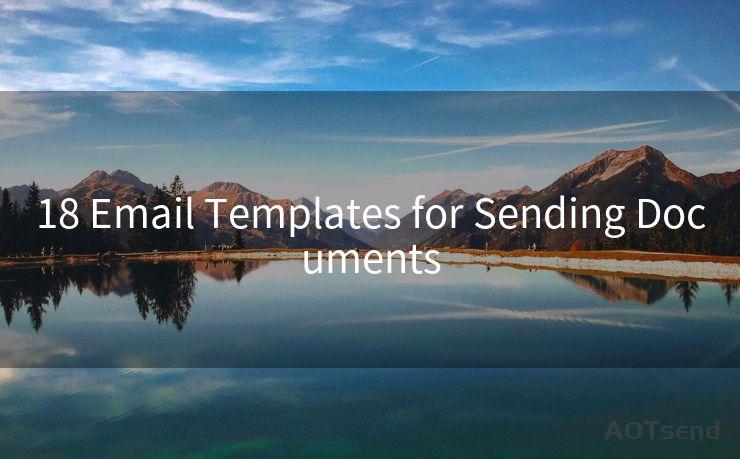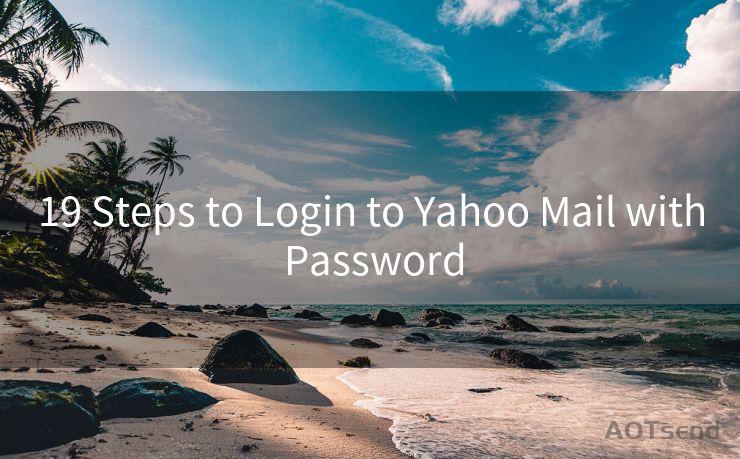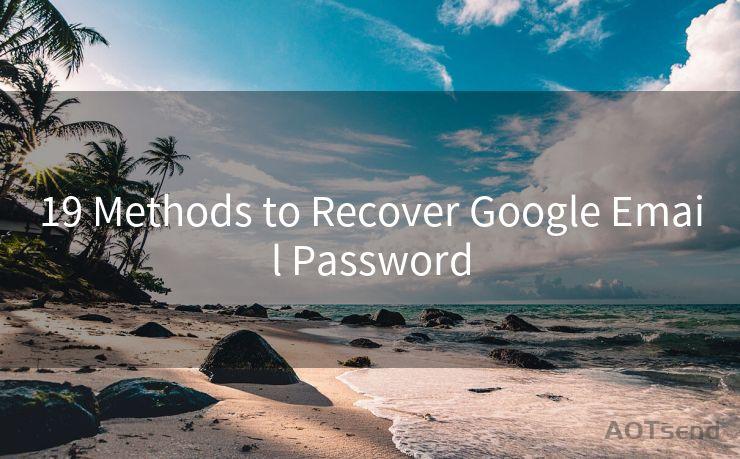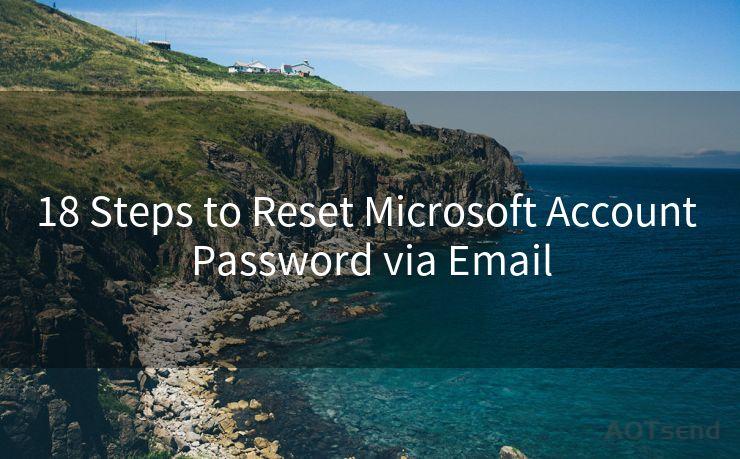14 Best Practices for Sending Past Due Payment Emails
Hello everyone, I’m Kent, the website admin. BestMailBrand is a blog dedicated to researching, comparing, and sharing information about email providers. Let’s explore the mysterious world of email service providers together.
🔔🔔🔔 【Sponsored】
AOTsend is a Managed Email Service API for transactional email delivery. 99% Delivery, 98% Inbox Rate.
Start for Free. Get Your Free Quotas. Pay As You Go. $0.28 per 1000 Emails.
You might be interested in:
Why did we start the AOTsend project, Brand Story?
What is a Managed Email API, How it Works?
Best 24+ Email Marketing Service (Price, Pros&Cons Comparison)
Best 25+ Email Marketing Platforms (Authority,Keywords&Traffic Comparison)




When it comes to managing finances, one of the trickiest aspects is handling past due payments. Sending effective past due payment emails is an art that requires a delicate balance between firmness and politeness. Here are 14 best practices to keep in mind when crafting these emails.
1. Clear Subject Line
Start with a clear and direct subject line that immediately informs the recipient of the email's purpose. For example, "Past Due Payment Reminder: Invoice #12345."
2. Professional Tone
Maintain a professional tone throughout the email. Avoid sounding accusatory or aggressive. Remember, you're trying to resolve an issue, not create conflict.
3. Detailed Invoice Information
Include all relevant invoice details such as invoice number, date, and the total amount due. This helps the recipient quickly identify the payment that is overdue.
4. Payment Deadline
Specify a clear deadline for payment. Make sure this date is reasonable and allows enough time for the recipient to process the payment.
5. Consequences of Late Payment
Politely outline any potential consequences of failing to meet the payment deadline, such as late fees or interest charges.
6. Multiple Payment Options
Provide multiple payment methods to make it easier for the customer to pay. Include links or instructions for online payments, wire transfers, or other accepted payment methods.
7. Direct Contact Information
Include direct contact information, such as an email address or phone number, so the recipient can reach out with any questions or concerns.
8. Thank You Note
Thank the recipient for their attention to this matter. A little politeness can go a long way in maintaining positive customer relationships.
9. Avoid Spam Filters
Use plain text and avoid excessive use of images or links to prevent your email from being flagged by spam filters.
10. Mobile-Friendly Format
Ensure your email is mobile-friendly, as many people check their emails on their smartphones.
11. Personalization
Use the recipient's name in the greeting and throughout the email to add a personal touch.
12. Follow-Up Plan
Have a follow-up plan in place if the payment is not received by the deadline. This could include sending additional reminders or making a phone call.
13. Legal Compliance
Ensure your email complies with all relevant legal requirements, such as data protection laws, to avoid any potential legal issues.
14. Testing and Review
Before sending, test your email to ensure it displays correctly on different devices and email clients. Also, have a colleague review it for clarity and tone.
By following these 14 best practices, you can craft effective past due payment emails that are both professional and polite, helping you maintain positive relationships with your customers while efficiently resolving payment issues. Remember, communication is key, and a well-crafted email can go a long way in facilitating that communication.





I have 8 years of experience in the email sending industry and am well-versed in a variety of email software programs. Thank you for reading my website. Please feel free to contact me for any business inquiries.
Scan the QR code to access on your mobile device.
Copyright notice: This article is published by AotSend. Reproduction requires attribution.
Article Link:https://www.bestmailbrand.com/post7357.html











